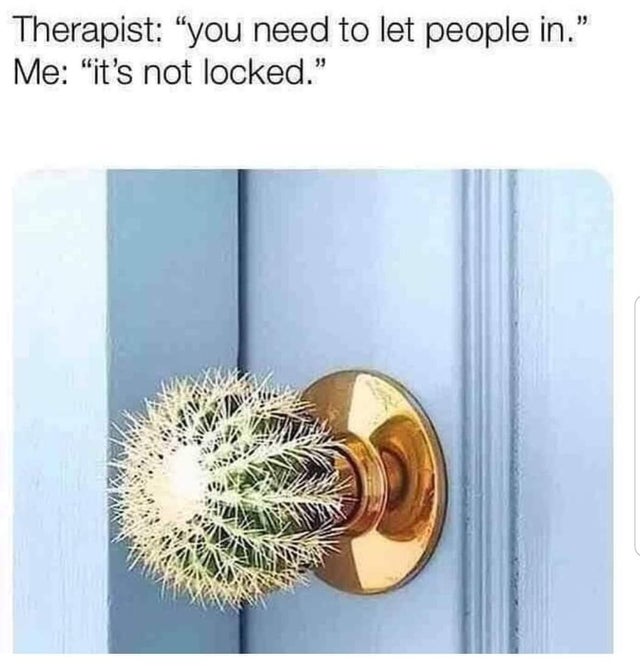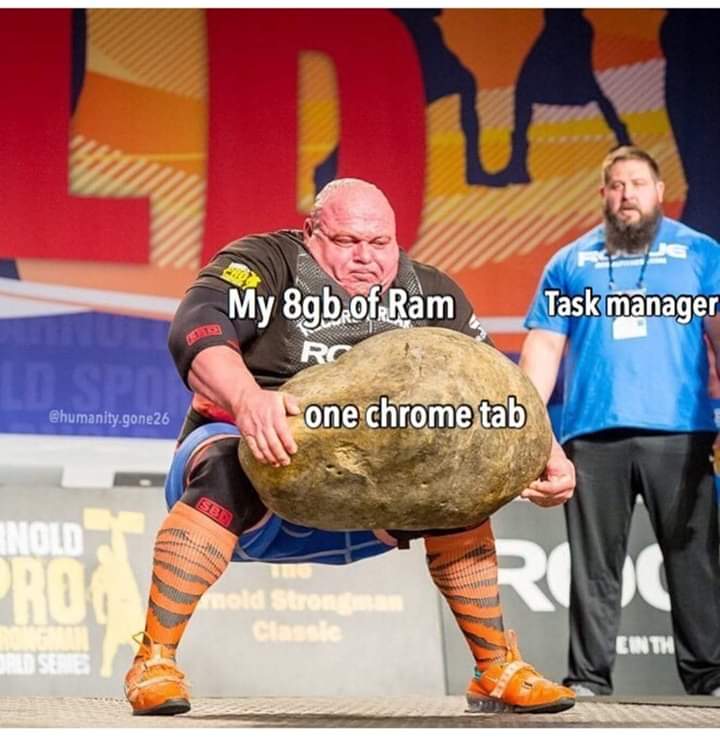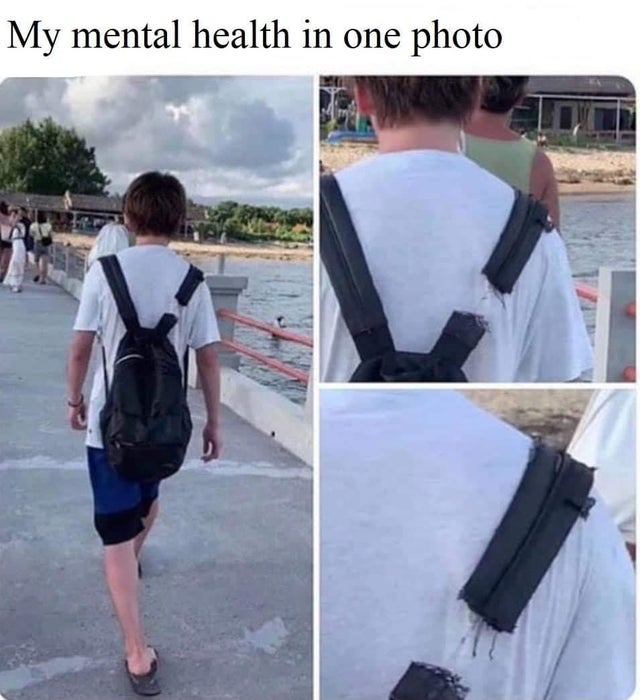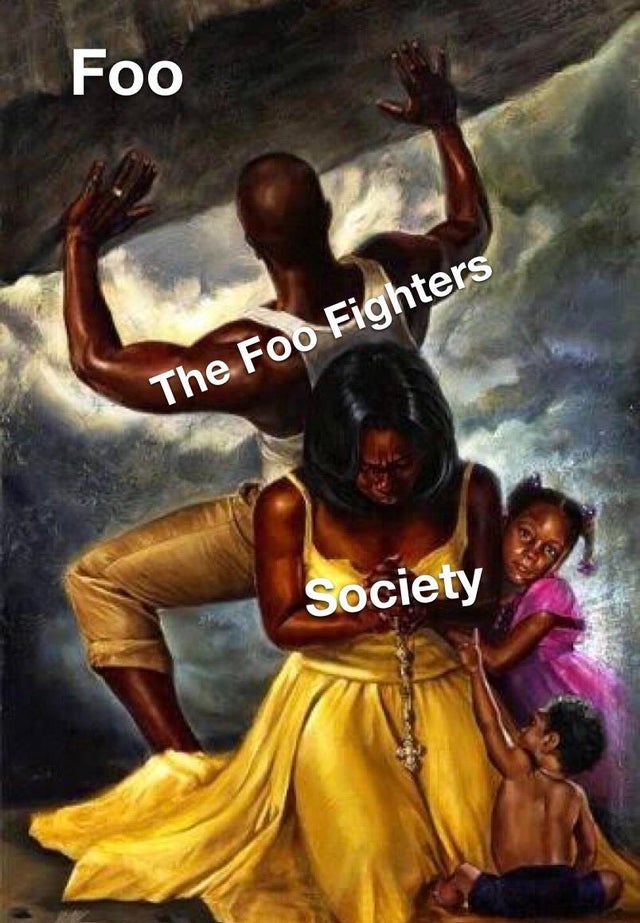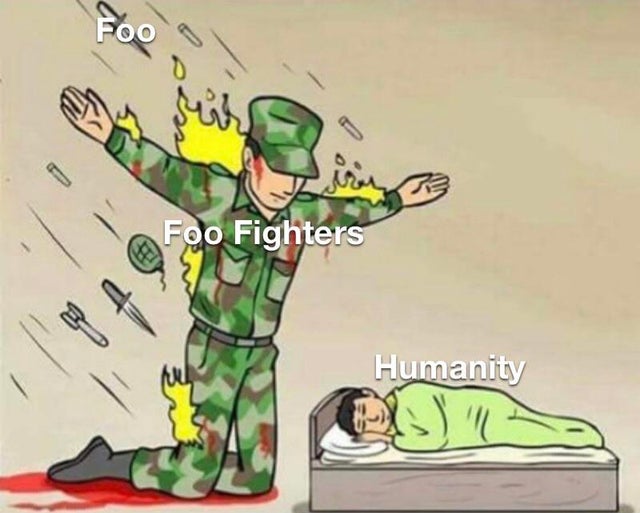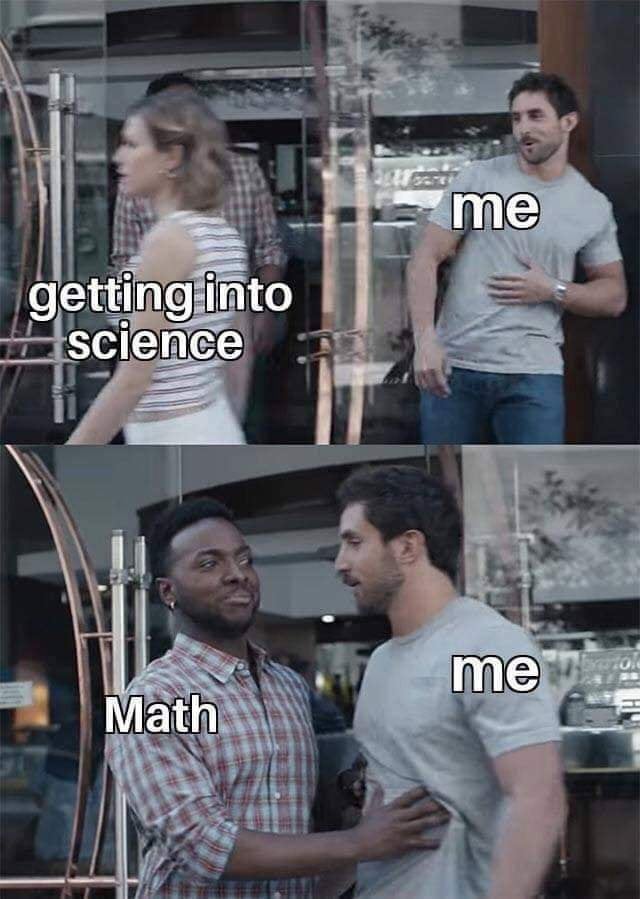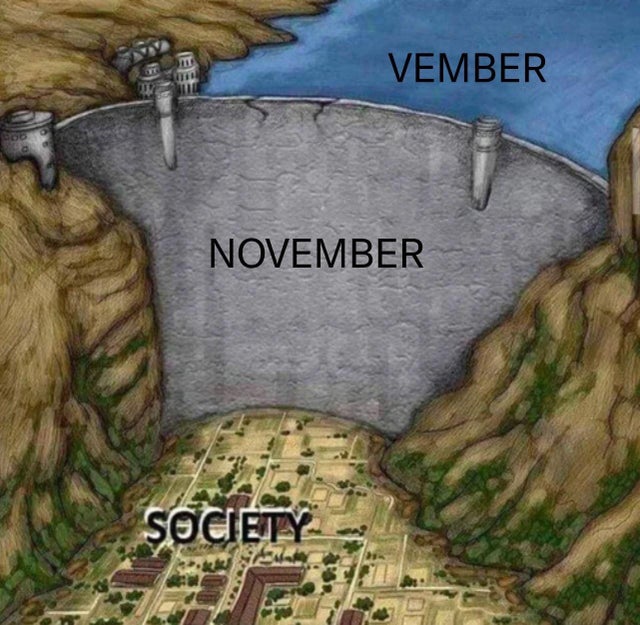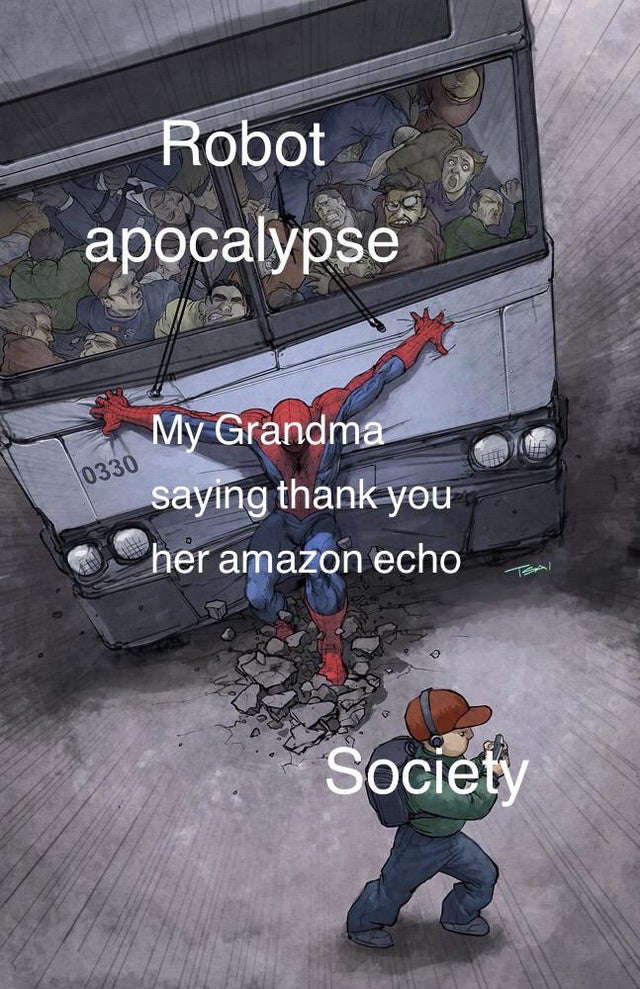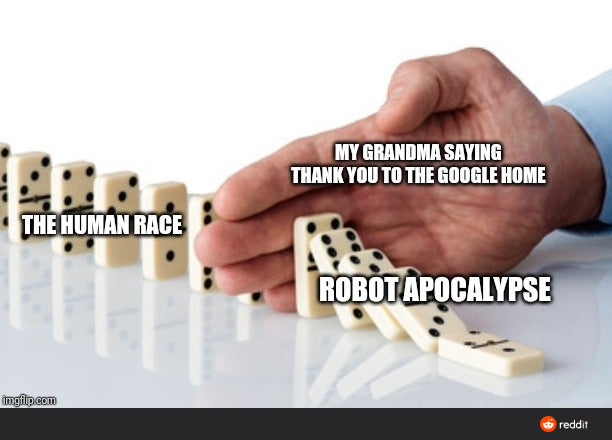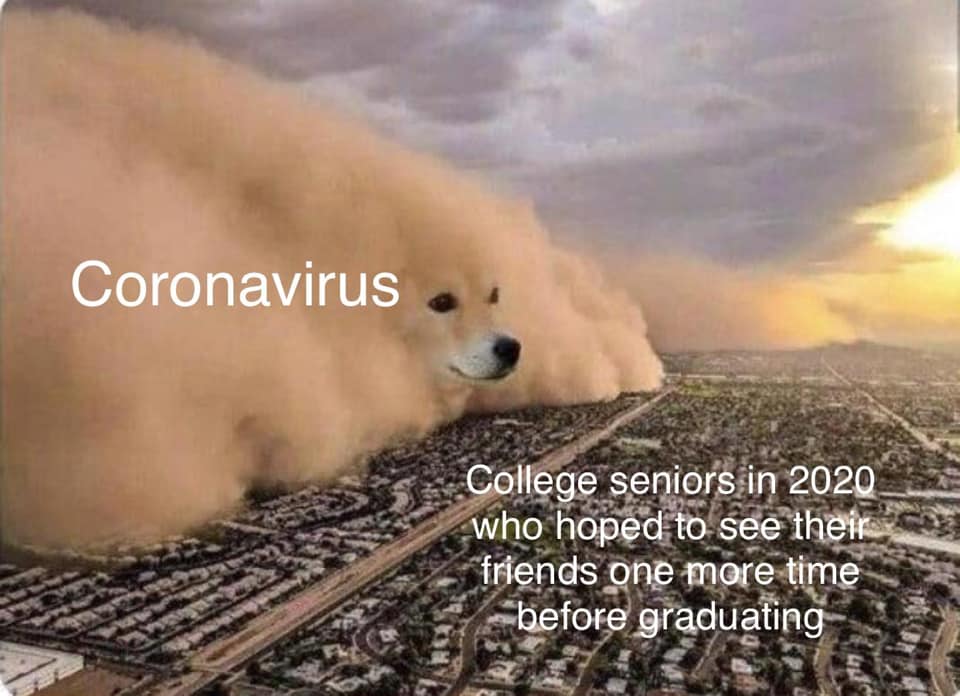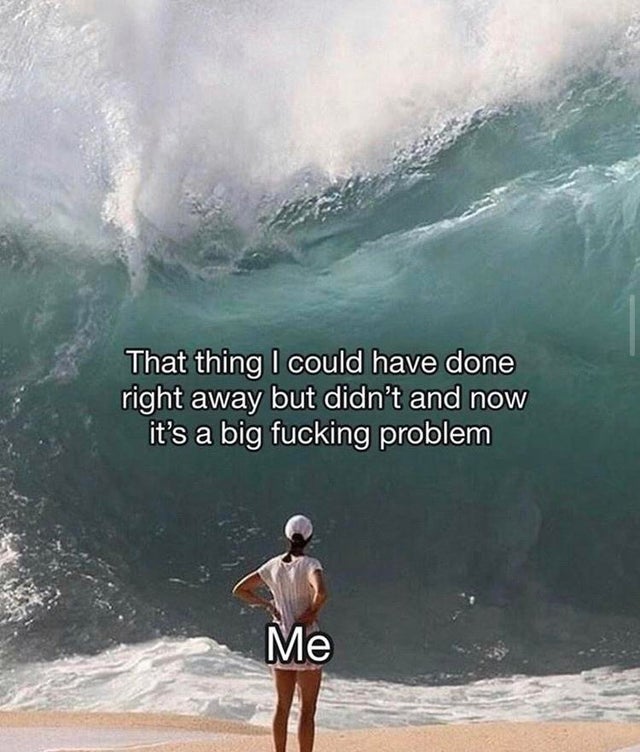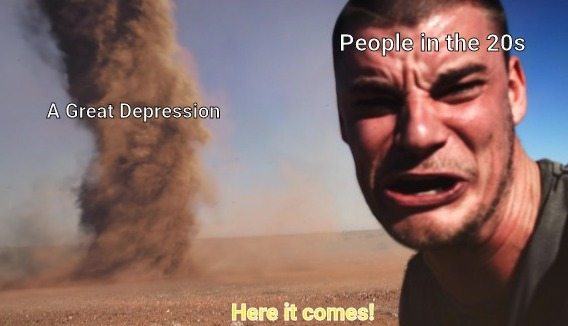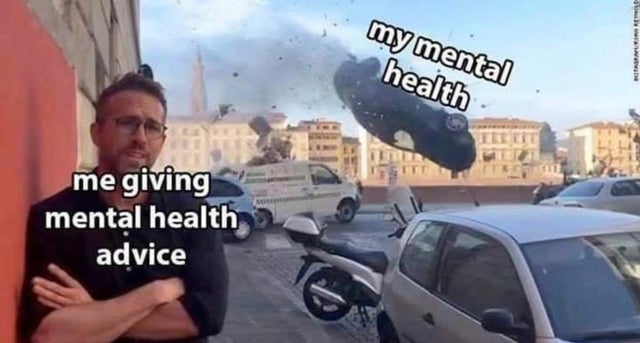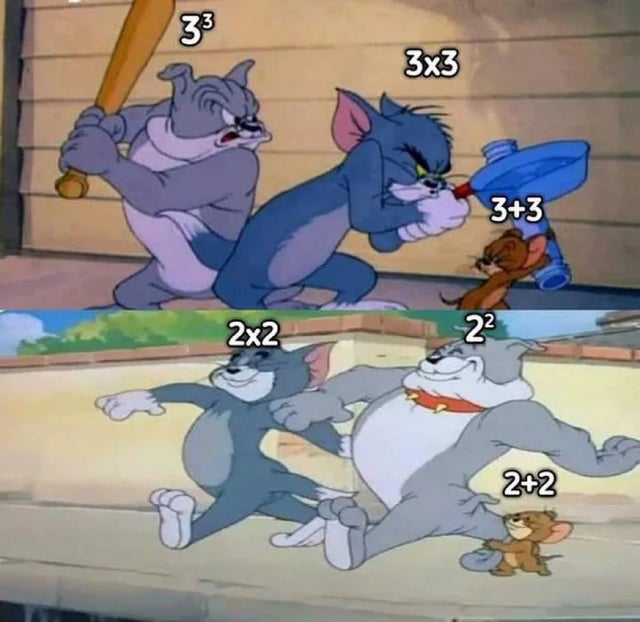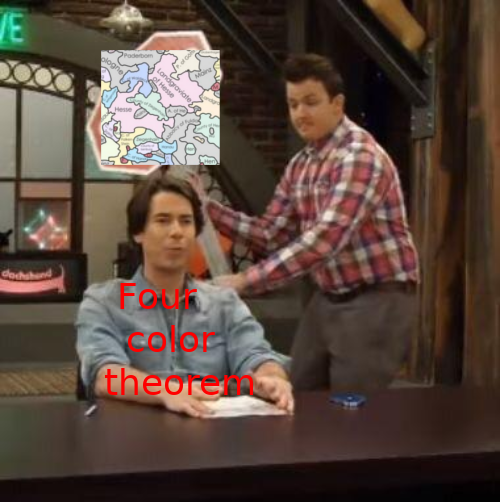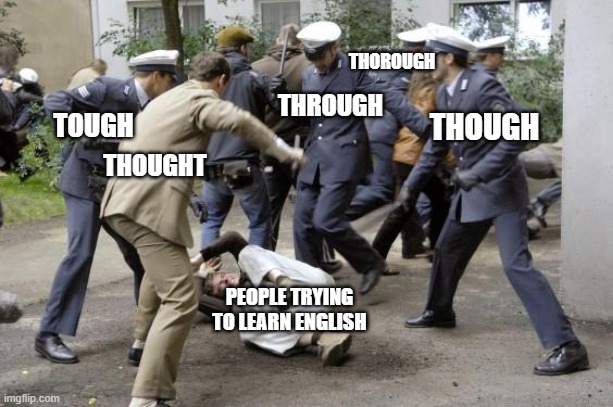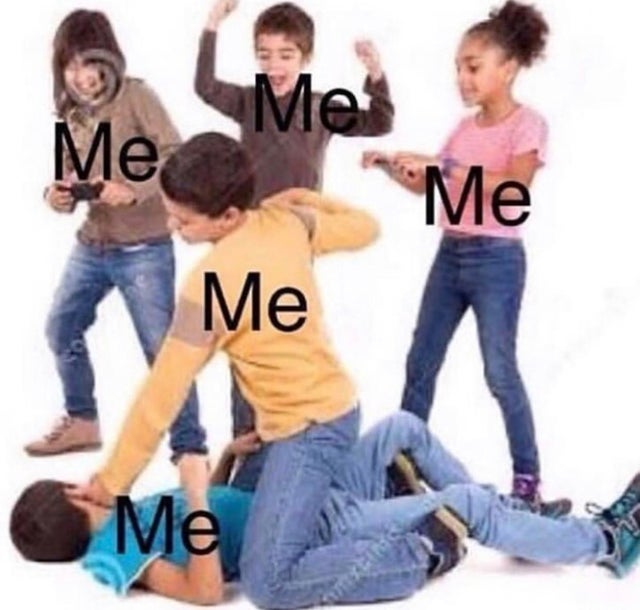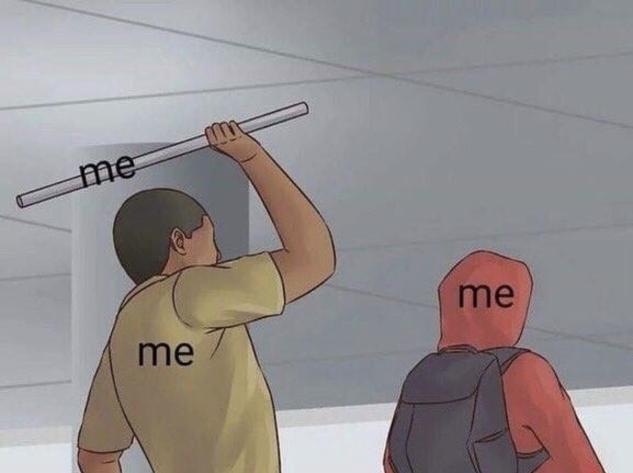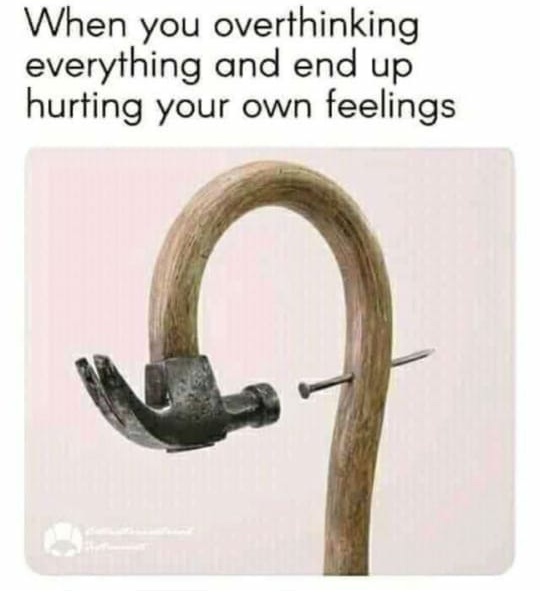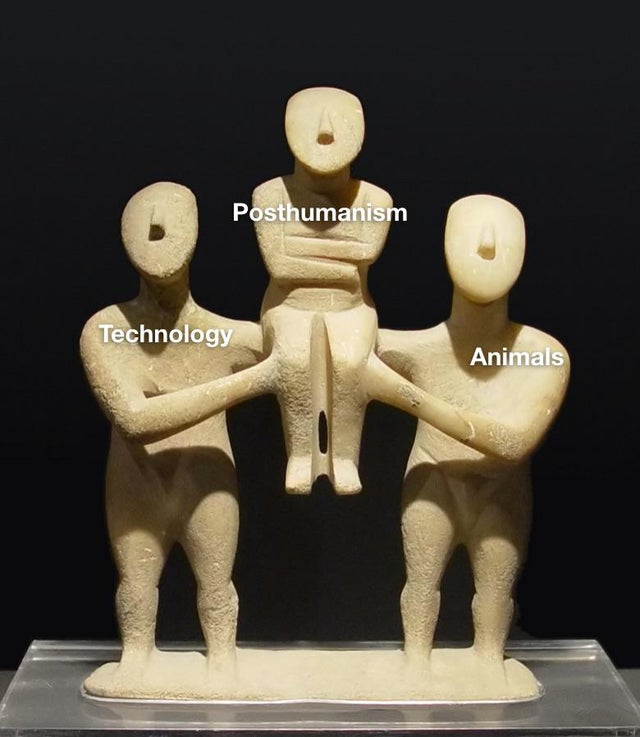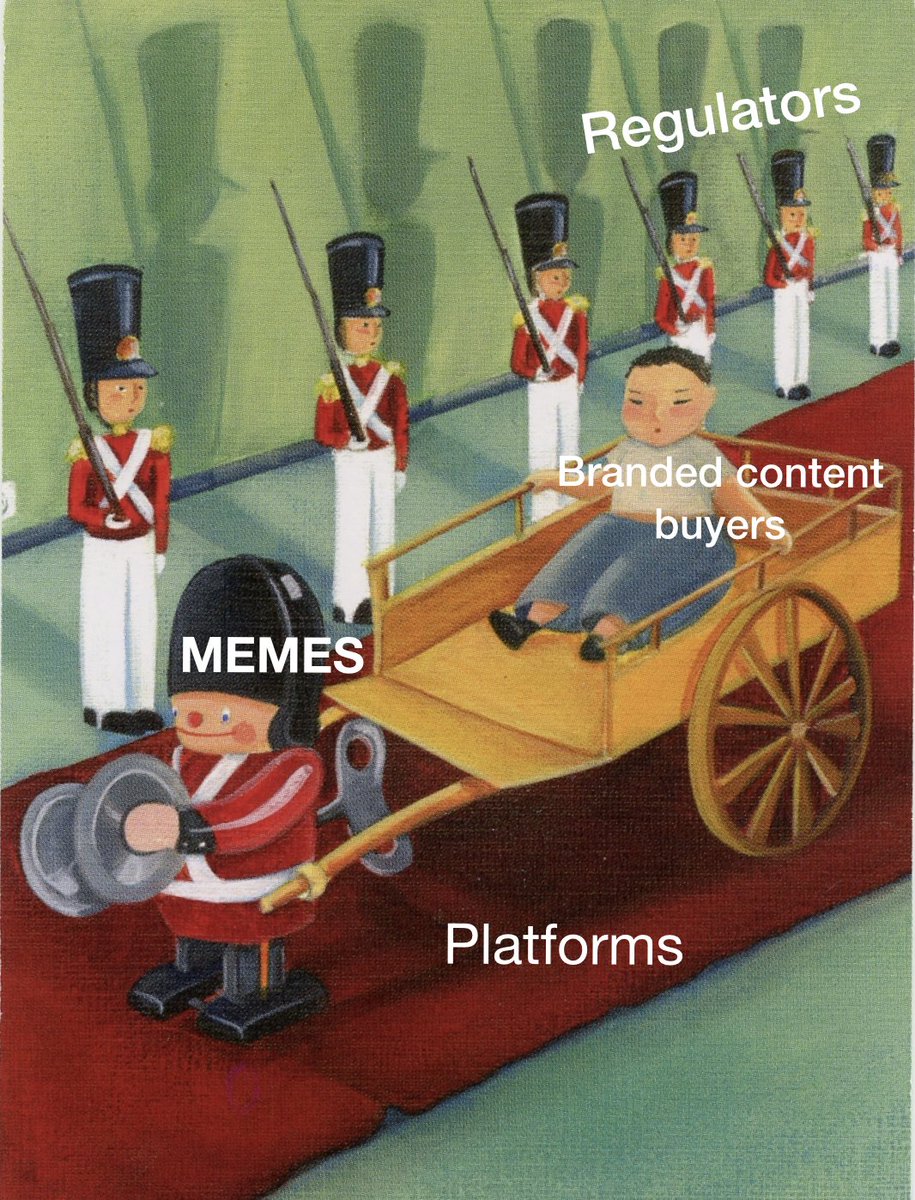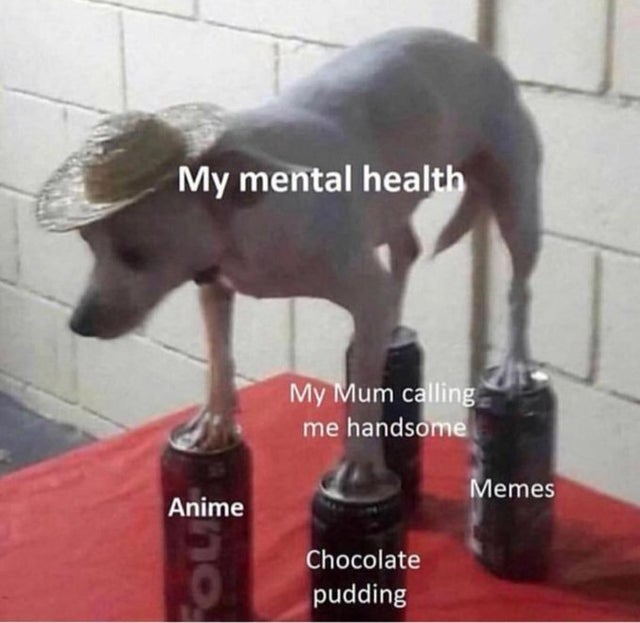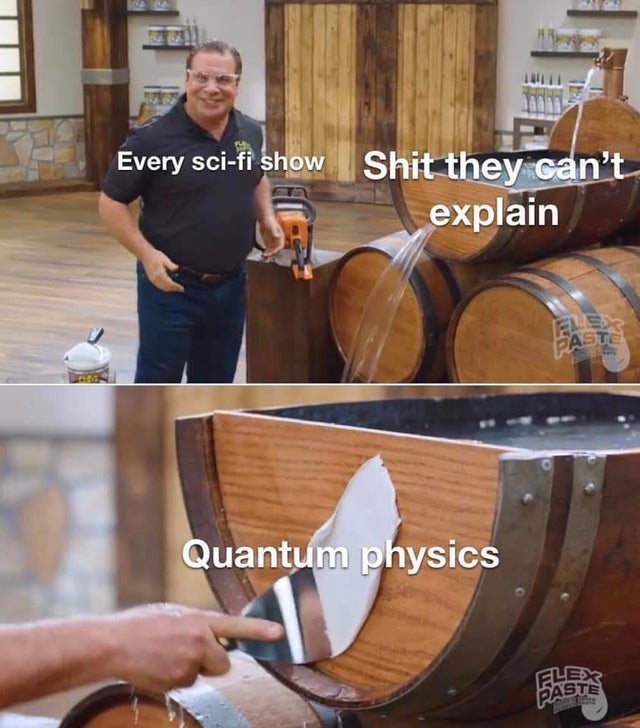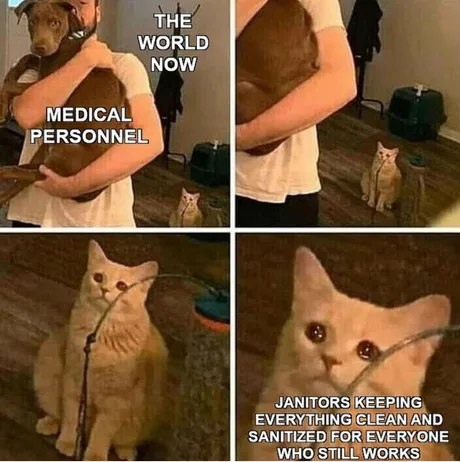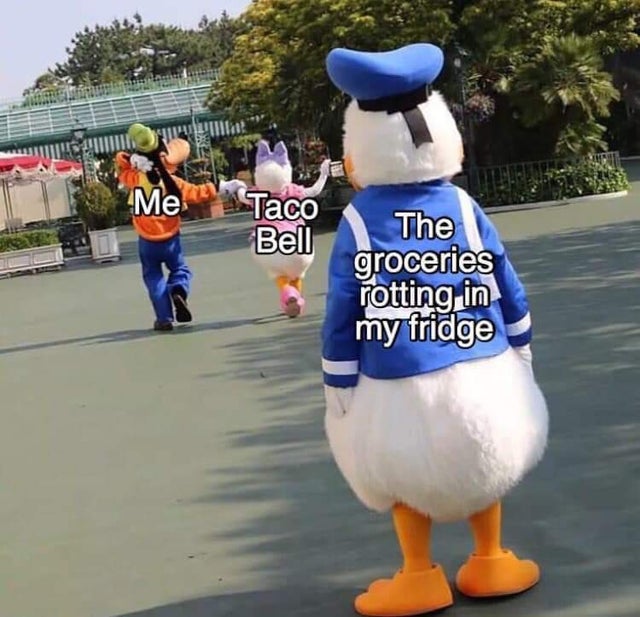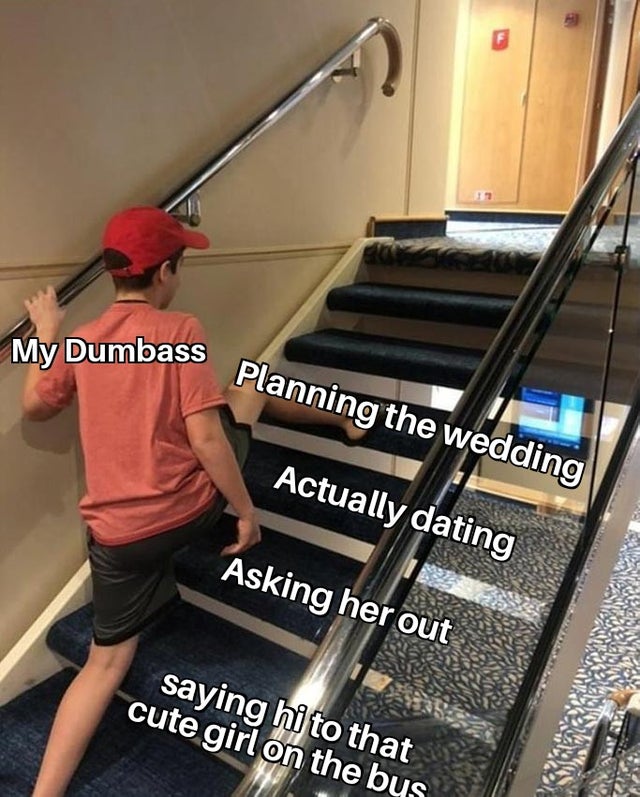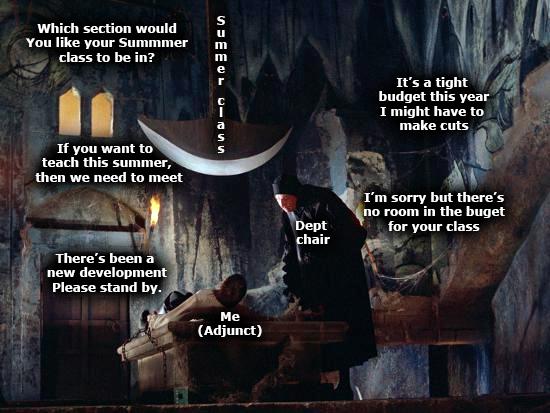I& #39;m fascinated by object-labelling memes https://knowyourmeme.com/memes/object-labeling">https://knowyourmeme.com/memes/obj... as a kind of hybrid metaphor / mental model illustration—a rapid, relatable way for people to create "diagrams" of how they imagine concepts relating to each other, via properties of objects as metaphors
A thread:
A thread:
If we& #39;re categorising these somehow, one interesting subgenre is about *material properties* as metaphors: something is heavy, or weak, or spiky, or disintegrates easily (it& #39;s interesting how many are about mental health)
Another common subgenre uses the idea of *one element occluding, stopping, or protecting another* as a metaphor
Sometimes this is framed as something *threatening to overwhelm, or happening in the background, noticed or otherwise*
Relatedly, a major category is just about *one thing hitting another* (or be about to do so) as a metaphor...
I should pause at this point to say: of course, this is ripe to be turned into an amazing new tool for doing research with people, about how they think about things—what metaphors do they use, and why? Could meme labelling or construction be part of design researchers& #39; toolkit?
Why would it be useful?
Well: often, in #humanfactors research, or other #designresearch, we ask people to draw their understanding of concepts (e.g. http://drawingenergy.com"> http://drawingenergy.com or https://twitter.com/triciawang/status/1218203477681283073)">https://twitter.com/triciawan... or even to create little flowcharts or systems diagrams
Well: often, in #humanfactors research, or other #designresearch, we ask people to draw their understanding of concepts (e.g. http://drawingenergy.com"> http://drawingenergy.com or https://twitter.com/triciawang/status/1218203477681283073)">https://twitter.com/triciawan... or even to create little flowcharts or systems diagrams
This can be really abstract; it can be hard for people to know where to start; and depending on the initial parameters you give people, it can lead to wildly varying outcomes, all interesting, but difficult to analyse.
However, memes give people starting points—references, existing relationships and connotations and (perhaps previously unexpressed) metaphors which can be easily mapped onto intangible, abstracted understandings of concepts
So, back to some categories. In an almost @GeorgeLakoff sense, some are about *one element supporting, or fixing another* as a metaphor. One concept is seen to "hold up" another, or mend it somehow. (Perhaps these should really be separate categories)
*One element diverting attention from another* as a metaphor is a big category, with "distracted boyfriend" the most common perhaps, but many variants
A related category is *one element being focused on to the exclusion of others* (in fact, perhaps this is the same thing really—but with a larger variety of forms)
I& #39;m quite partial to "ensembles" or "tableaux" types which enable multiple metaphorical elements, with different relations, to be included in the same scene.
Similar to the Mental Landscapes work we& #39;ve been developing at CMU http://imaginari.es/publications/p86-ricketts.pdf">https://imaginari.es/publicati... & https://www.researchgate.net/profile/Dan_Lockton/publication/339675565_Tangible_Thinking_Materialising_how_we_imagine_and_understand_systems_experiences_and_relationships/links/5e5f1cb64585152ce804f9c3/Tangible-Thinking-Materialising-how-we-imagine-and-understand-systems-experiences-and-relationships.pdf">https://www.researchgate.net/profile/D...
Similar to the Mental Landscapes work we& #39;ve been developing at CMU http://imaginari.es/publications/p86-ricketts.pdf">https://imaginari.es/publicati... & https://www.researchgate.net/profile/Dan_Lockton/publication/339675565_Tangible_Thinking_Materialising_how_we_imagine_and_understand_systems_experiences_and_relationships/links/5e5f1cb64585152ce804f9c3/Tangible-Thinking-Materialising-how-we-imagine-and-understand-systems-experiences-and-relationships.pdf">https://www.researchgate.net/profile/D...
Anyway, I& #39;ll leave it there for tonight, but
-add your own types! https://abs.twimg.com/emoji/v2/... draggable="false" alt="🤯" title="Exploding head" aria-label="Emoji: Exploding head">
https://abs.twimg.com/emoji/v2/... draggable="false" alt="🤯" title="Exploding head" aria-label="Emoji: Exploding head">
-could we create a pattern language of object labelling memes as kind of prototype metaphors?
-could we (whoever& #39;s interested) turn it into a tool for qualitative research in this & #39;remote& #39; era? (cc @DALupton)
-add your own types!
-could we create a pattern language of object labelling memes as kind of prototype metaphors?
-could we (whoever& #39;s interested) turn it into a tool for qualitative research in this & #39;remote& #39; era? (cc @DALupton)

 Read on Twitter
Read on Twitter
